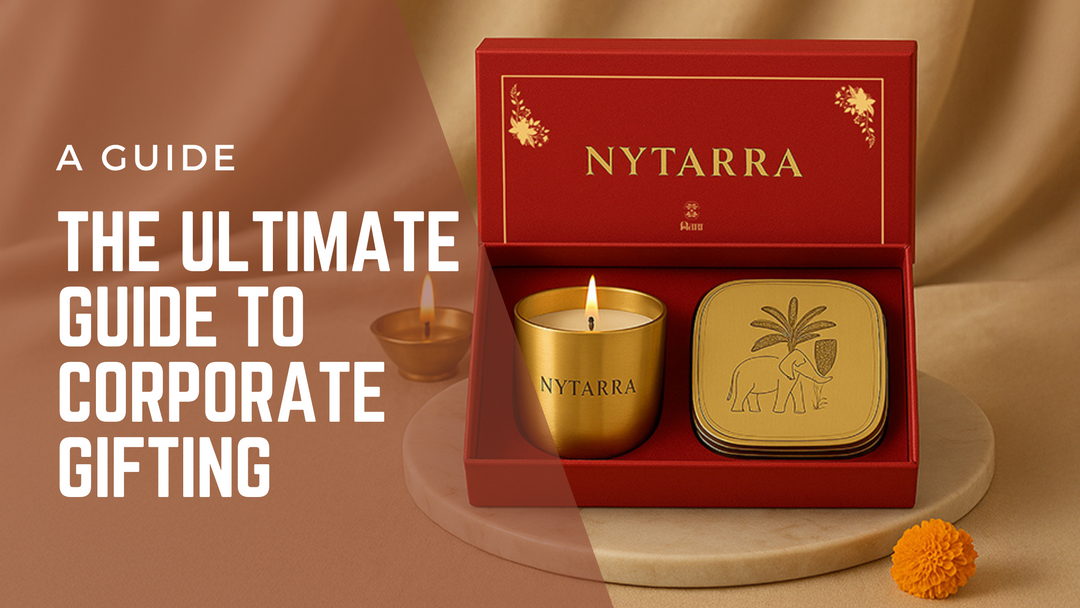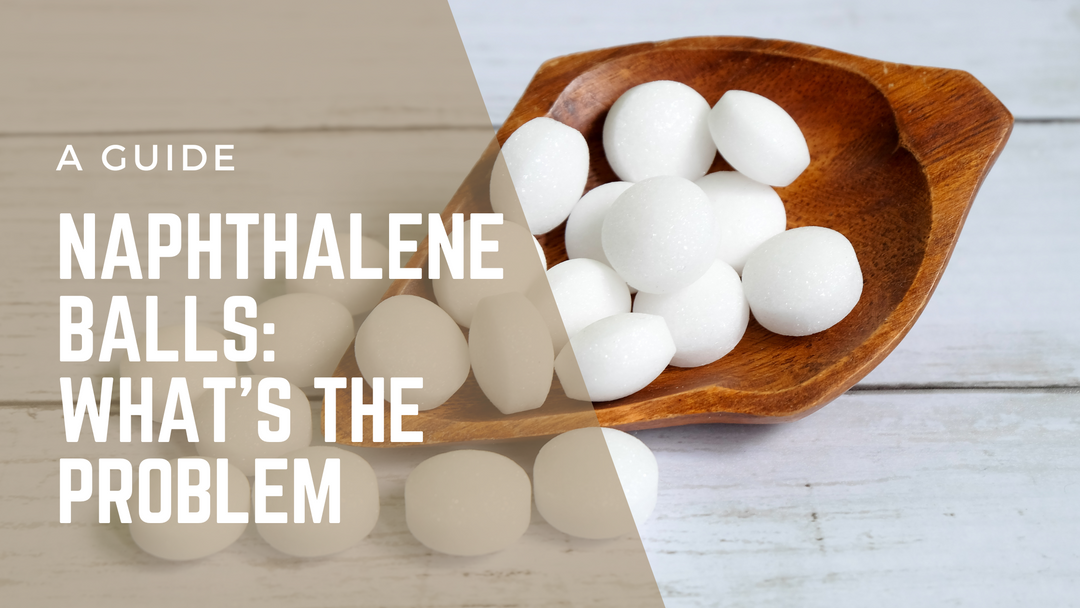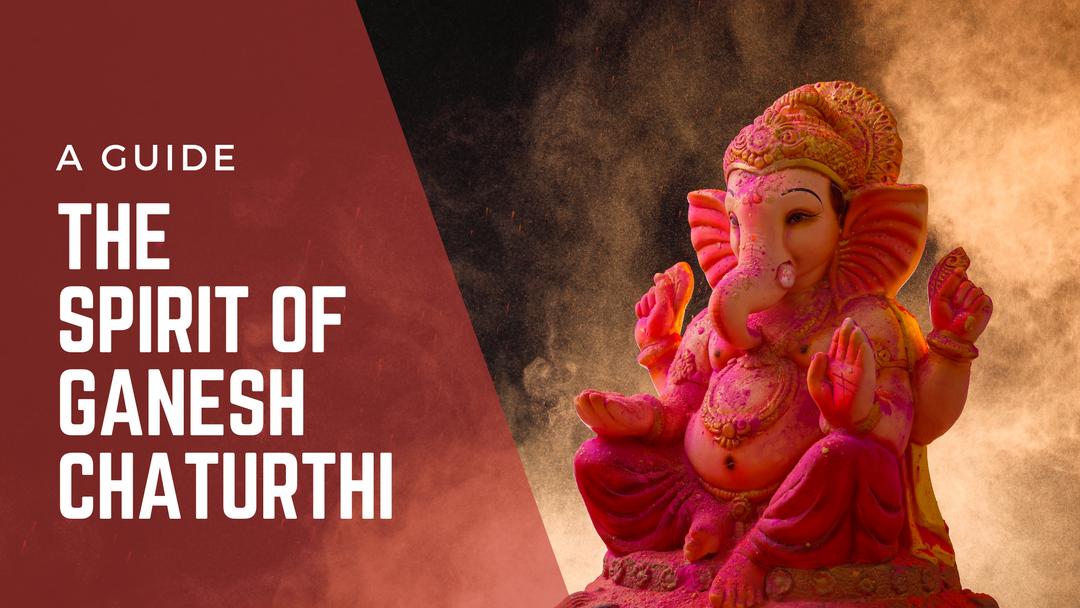Janmashtami as I Remember It
Janmashtami has never just been a date on the calendar for me, it’s a feeling that starts long before the actual day.
At our home, the preparations begin at least a week in advance. New clothes and delicate jewellery for Krishna are chosen with the same care as if we’re dressing up a beloved child for his big birthday. My dadi would call him by all his sweet nicknames - Kanha, Madhav, Nandlal, Makhan Chor, and Yashomati Nandan, names that make him feel like a part of our family.
Krishna’s favourite color is yellow, and I remember how my brothers would sometimes dress up as him for our sector’s Janmashtami function - bright yellow dhotis, peacock feather crowns, and mischievous smiles that captured his playful spirit perfectly. They would blush and smile shyly whenever someone teased them about Krishna’s love for the gopis and their butter, a reminder of his mischievous, butter-stealing escapades that brought a joyful spark to the celebrations.
Beyond My Home
Stepping outside, the whole neighbourhood buzzes with energy. Pandals spring up - some simple, others so elaborate you wonder if they started building them last Janmashtami. Loudspeakers play “Haathi Ghoda Pal ki, Jai Kanhaiya Lal Ki” and somewhere nearby, you can hear the steady beat of the dhol. Kids dressed as Krishna and Radha take turns performing dances, their parents cheering like it’s a school annual day.
Then there’s dahi handi. A human pyramid sways under the weight of brave boys climbing higher and higher, the crowd gasping with every wobble. When the matki finally breaks, yoghurt splashes everywhere, music blares, and strangers turn into one big dancing crowd.
How Different Parts of India Celebrate Krishna
And then, I got curious.
How do people celebrate Janmashtami outside my little bubble?
So, I did what any 21st-century devotee would do: a bit of Google-fuelled exploring from my couch.
The most special place to celebrate Janmashtami is Mathura and Vrindavan- Krishna’s birthplace and childhood home.
Devotees gather at temples like Dwarkadhish and Krishna Janmabhoomi, filling the air with chants.
In Vrindavan, celebrations last for days, with streets decorated with flowers, bhajans everywhere, and a midnight aarti where the whole town seems to breathe as one.
In Maharashtra, dahi handi takes over with teams training for months just for that human pyramid and one perfect break.
In South India, families decorate swings for baby Krishna, rocking him gently like he’s really there.
Each place adds its own flavor, but the devotion and joy remain the same.
What Janmashtami Smells Like (to Me)
If I had to sum up Janmashtami in one word, it would be fragrance.
Sandalwood, Mogra, Kamal, Marigolds, tulsi, and the warm sweetness of ghee lamps burning into the night. My mother always told me Krishna loved these scents most.
And oh, how could I possibly forget the midnight abhishek?
Dadi would bathe the idol in panchamrit - milk, curd, ghee, honey, and sugar and then rinse him gently with water, pat him dry, and dress him in fresh clothes and jewellery. The room would be filled with the sweet aroma of the 56 bhog laid out for him like makhan mishri, laddoos, pedas, barfi, and very importantly, fresh tulsi leaves - every offering bursting with love.
Years later, during pooja, the dhoop cones, dhoop sticks, and havan cups brought back the exact same feeling of those Janmashtami nights.

When Midnight Comes Alive
Midnight is the moment. The conch shell blows, bells ring, people chant, and the vrat finally opens. Plates of bhog are offered to Krishna, bhajans get louder, and the whole atmosphere feels softer, warmer like the festival is hugging you back.
And maybe that’s why Janmashtami will always be my favourite. Because for one night, I’m not just a grown up with a to-do list. I’m the little girl again dancing to “Jai Kanhaiya Lal Ki,” believing with my whole heart that somewhere, right now, Krishna has just been born all over again.
-Chahat Choudhary








Leave a comment